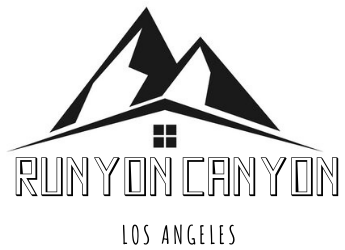Who invented Bromothymol blue?
PEMBA medium. Polymyxin–pyruvate–egg yolk–mannitol–bromothymol blue agar (PEMBA), developed by Holbrook and Anderson in the early 1980s, also relies on the mannitol-negative, lecithinase-positive properties of the organism. The medium contains pyruvate to reduce the tendency of B.
Is Bromothymol Blue a reagent?
7.1Pharmacology Bromthymol Blue is a dye used as an indicator in determining pH. It can be in acid or base form, depending on the pH of the solution. This reagent is yellow in acidic solutions, blue in basic solutions and green in neutral solution.
What media uses Bromothymol blue?
A new plating medium using bromothymol blue (BTB) indicator is described and compared with eosin-methylene blue (EMB), MacConkey, and Endo media. These media were tested with L-arabinose by plating fermenting and nonfermenting mutant strains of Escherichia coli.
Which agar is blue in colour?
Eosin methylene blue agar (EMB) is a selective and differential medium used to isolate fecal coliforms. Eosin Y and methylene blue are pH indicator dyes which combine to form a dark purple precipitate at low pH; they also serve to inhibit the growth of most Gram positive organisms.
Is E. coli gram-positive?
Escherichia Coli is a Common Intestinal Bacteria. E. coli is a Gram negative anaerobic, rod-shaped, coliform bacteria of the genus Escherichia, commonly found in the lower intestine of humans and animals.
Can bromothymol blue go down the sink?
Bromothymol blue can be neutralized with a strong oxidizing solution, such as chromic acid, Fenton’s reagent or piranha solution, followed by neutralization and then poured down the drain after all the bromothymol blue has been neutralized.
Is BTB safe to drink?
Ingestion: May cause gastrointestinal irritation with nausea, vomiting and diarrhea. May be harmful if swallowed. Inhalation: May cause respiratory tract irritation. May be harmful if inhaled.
What is the pH of bromothymol blue?
6.0–7.6
| Indicator | Low pH color | Transition pH range |
|---|---|---|
| Bromothymol blue | yellow | 6.0–7.6 |
| Phenol red | yellow | 6.4–8.0 |
| Neutral red | red | 6.8–8.0 |
| Naphtholphthalein | colorless to reddish | 7.3–8.7 |
How to dissolve bromothymol blue agar in water?
Dissolve 0.4 g sodium bromothymol blue in 100 ml of demineralized water and filter sterilize. Bromothymol blue agar. Dissolve 20 g agar in 880 ml of demineralized water and add 20 ml bromothymol blue solution. Sterilize by autoclaving at 121°C.
What are the different colors of bromothymol blue?
Different colors of bromothymol blue at marked pH conditions. Bromothymol blue may be used for observing photosynthetic activities, or as a respiratory indicator (turns yellow as CO 2 is added). A common demonstration of BTB’s pH indicator properties involves exhaling through a tube into a neutral solution of BTB.
Is the bromthymol blue reagent an acid or base?
Bromthymol blue is a weak acid. It can be in acid or base form, depending on the pH of the solution. This reagent is yellow in acidic solutions, blue in basic solutions and green in neutral solution. Chemicals and substances that impart color including soluble dyes and insoluble pigments.
How to tell if a glycine isolate is bromothymol blue?
Filobasidiella neoformans can be distinguished from F. bacillispora within 2–5 days by incubating cultures on CGB agar at 25°C. Isolates of F. bacillispora hydrolyze glycine and are resistant to l-canavanine. The pH of the medium rises and the color of the bromothymol blue indicator turns to blue when glycine is hydrolyzed.
